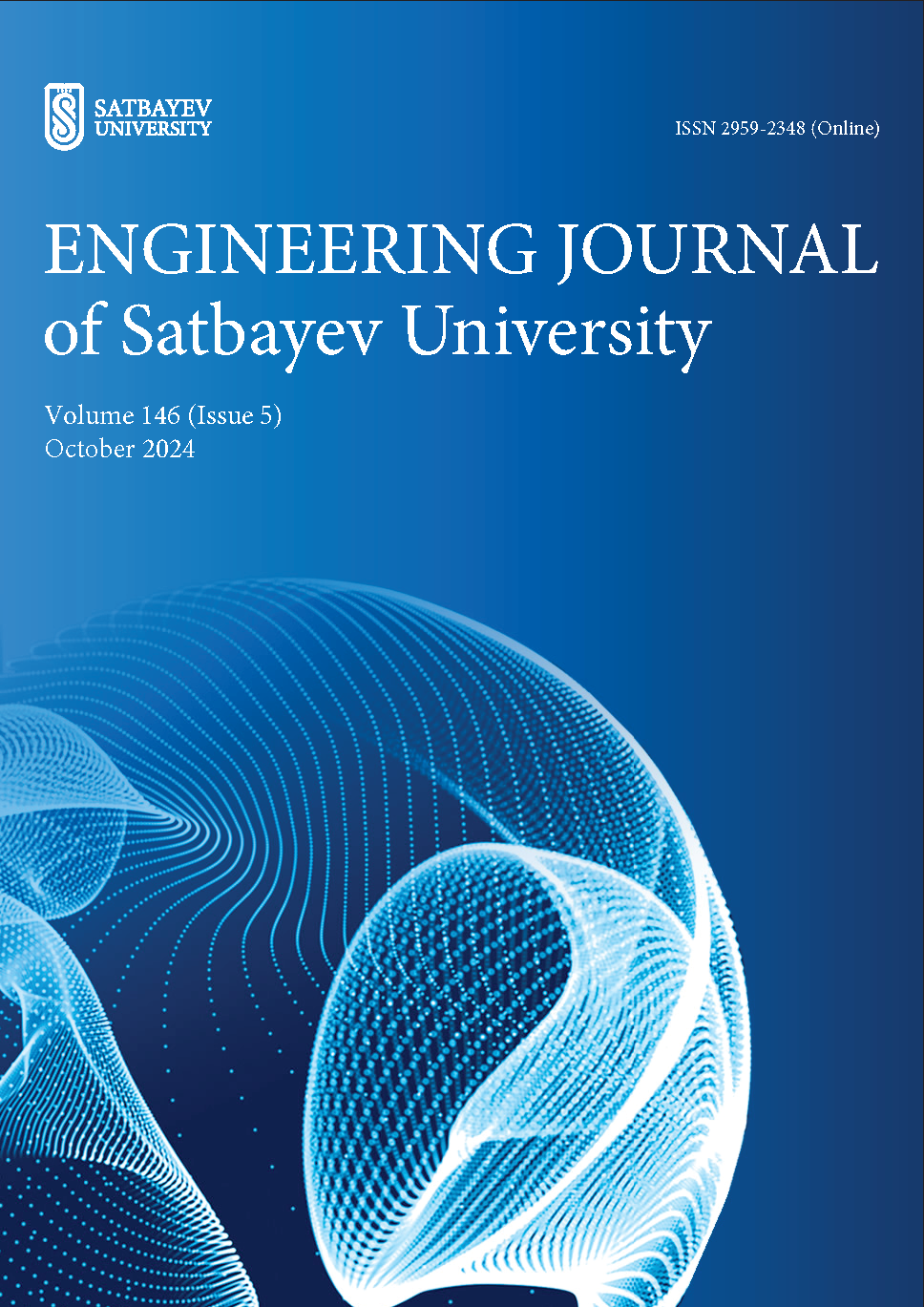Industrial application of bacterial iron oxidation in in-situ leaching technologies for uranium
DOI:
https://doi.org/10.51301/ejsu.2024.i5.04Keywords:
uranium, in-situ leaching, in-situ, bioleaching, ferrous iron, ferric iron, nanoparticles, iron-oxidizing bacteriaAbstract
A technology for bacterial iron oxidation in the process of in-situ leaching of uranium has been developed and proposed for industrial use. The technology was validated by the results of pilot tests conducted at a uranium deposit in Kazakhstan over a period of 12 months. The aim of the study was to develop a technology for bacterial iron oxidation in the process of in-situ uranium leaching using a new type of flow bioreactor. Two biotechnological installations with bioreactors of 20 m³ volume were created and installed in 40-foot containers. The bioreactors, equipped with piping, air compressors, a pumping station, and control and measuring instruments, were installed at the geotechnical site and connected to the main in-situ uranium leaching system through wells. The installations had a productivity of over 150,000 m³/year for the leaching solution. After passing through the bioreactors, the redox potential of the solution increased from 360 mV to 430-450 mV in flow mode. The concentration of ferric iron increased from 0.1 g/L to 1.5 g/L and higher. The bacterial iron oxidation process was carried out at a solution temperature of 10 to 12°C (optimal temperature — 25-35°C), which allowed eliminating the costs of heating the solution. The test results showed an increase in uranium content in the productive solution by 10-20% after the leaching solution passed through the ore-bearing layer for 1 month. This confirmed the prospects for using this technology for in-situ well uranium leaching. The economic costs of using the technology are 6-8 times lower compared to using chemical oxidants such as hydrogen peroxide. The obtained industrial results open new prospects for the application of biotechnological methods for in-situ well leaching of uranium and other metals for the first time.
Downloads
Published
How to Cite
Issue
Section
License
Copyright (c) 2024 Engineering Journal of Satbayev University

This work is licensed under a Creative Commons Attribution-NonCommercial-NoDerivatives 4.0 International License.
<div class="pkpfooter-son">
<a rel="license" href="http://creativecommons.org/licenses/by-nc/4.0/"><img alt="Creative Commons License" style="border-width:0" src="https://i.creativecommons.org/l/by-nc/4.0/80x15.png"></a><br>This work is licensed under a <a rel="license" href="http://creativecommons.org/licenses/by-nc/4.0/">Creative Commons Attribution-NonCommercial 4.0 International License</a>.
</div>





